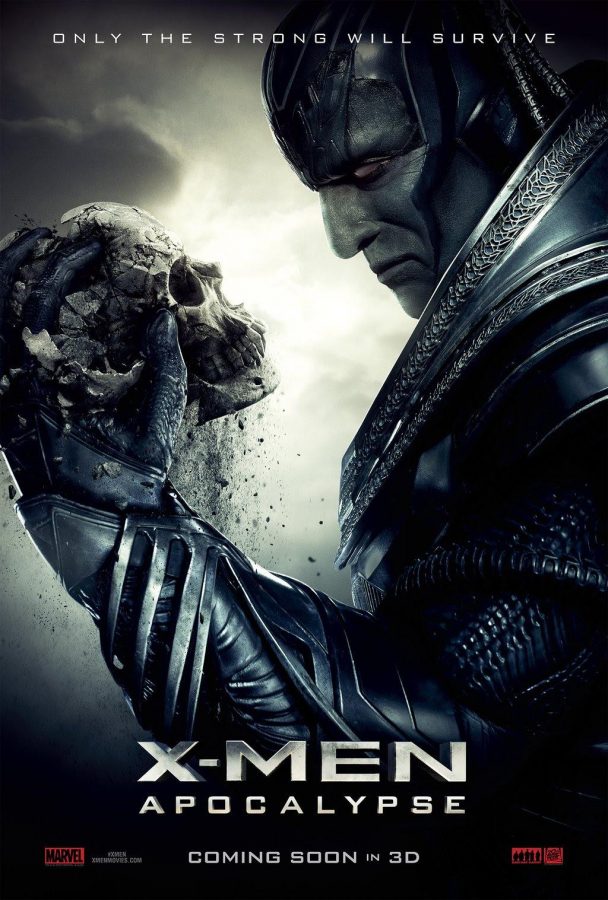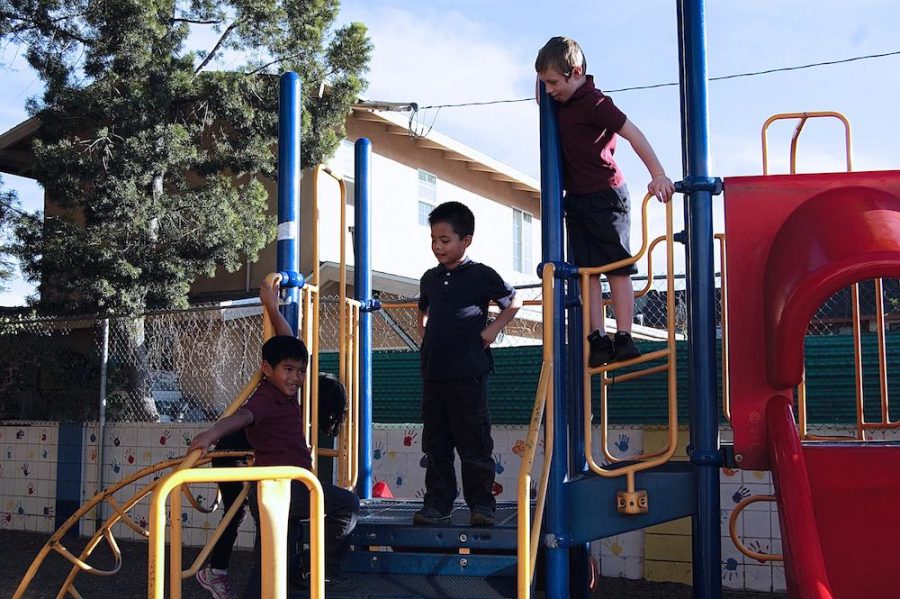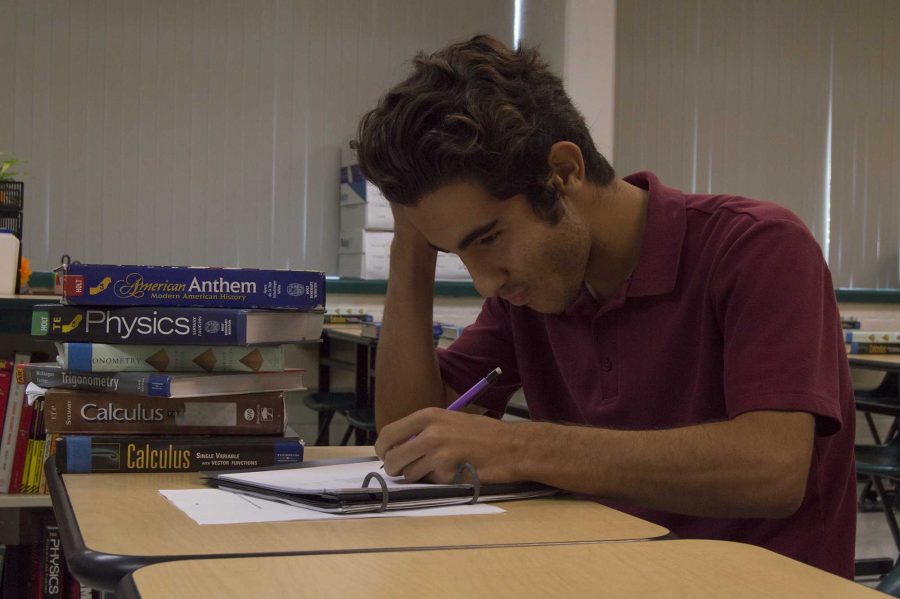(November 15, 2012) — For students thinking of going into the state university system, the past several years have been full of one repeating headline, “Public School Tuition Rises.” In the last year alone, tuition for the UC system alone has risen about 21 percent. In fact, according to the New York Times , the last time the system’s budget was as low as it is today, it was 1997 and there were 75,000 less students enrolled. In choosing whether or not to participate in the state university system, students have at least some sort of choice, but unfortunately, K-12 education has also been hit by budget shortages and inefficient management. An increasingly large number of middle and high schools face larger class sizes and smaller faculty. These budget cuts and money-saving measures have caused a visible decline in California schools. This is bad, but this is especially bad when thinking of California’s history in the educational system. California used to have one of the best educational systems in the world. Now, however education in this state is often ranked among the worst in the country. The Science and Engineering Readiness Index, a study conducted by the American Physical Society, gave California schools a 2.38 out of a possible 5, naming them below average. Even as state revenue fluctuates, according to the Silicon Valley Education Foundation, the funding that schools receive for each student has been falling for the past several years. Furthermore, the proportion of the state budget dedicated to education has also been trending downwards, from 54.5 percent, to the less than 52 percent it is today. The passage of Proposition 30 in the recent election shows a stark disconnect between the funding problems and the willingness people have to fix them. The proposition doesn’t do enough to stop this trend. It simply tries throwing too little money at too big a problem. If the state wants to do a better job at fighting back against increasingly badly-equipped public school and overcrowded universities, the state government needs to do a much more dramatic change in thinking. Glendale Unified School District, for example, despite the passage of Proposition 30, is still being forced to make large cuts in their budget. According to the Glendale News-Press , district officials will still need to lower the budget by $10 million, with the proposition only saving the district from around $11 million of additional cuts. These types of drastic funding cuts cannot be acceptable with California schools already having undergone such a steep decline. The government needs to reallocate more of its resources into funding schools, and in particular, funding programs affecting students. It is ridiculous to think that the state with one of the highest income taxes and sales taxes has the lowest funding allocated to learning, the best investment in the state’s future.
Categories:
Education comes with a price
November 15, 2012
More to Discover








